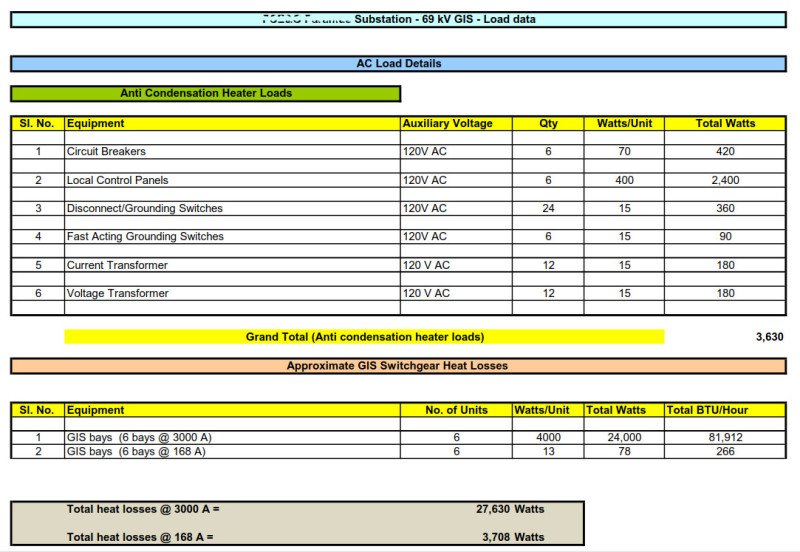Right now I’m working on projects for different a client that involves the installation of a GIS inside a building; each of them uses have different guidelines for HVAC of the building. Some like to use extractor fans, some have asked for air conditioned (money is no barrier), some doesn’t use anything. I need some guidance about the principles/standards that determine the need of installment of extractor fans on the building. I’ve heard the following arguments:
• Keep the temperature inside the building below the dew point, in order to avoid condensation on the inside GIS enclosure.
• Need for heat extraction produced by the GIS, in order to ensure operator´s comfort. This would be calculated using Joule’s law but to be fair, the GIS enclosures I’ve encountered feel fairly cold.
I’d appreciate any guidance you could provide.
Regards,
• Keep the temperature inside the building below the dew point, in order to avoid condensation on the inside GIS enclosure.
• Need for heat extraction produced by the GIS, in order to ensure operator´s comfort. This would be calculated using Joule’s law but to be fair, the GIS enclosures I’ve encountered feel fairly cold.
I’d appreciate any guidance you could provide.
Regards,

